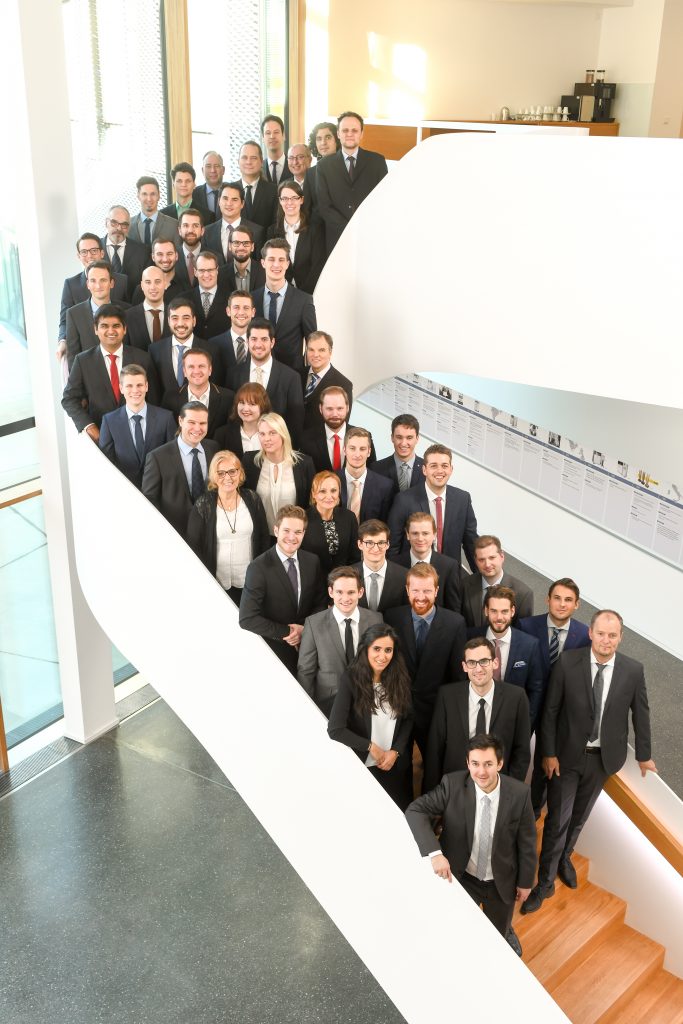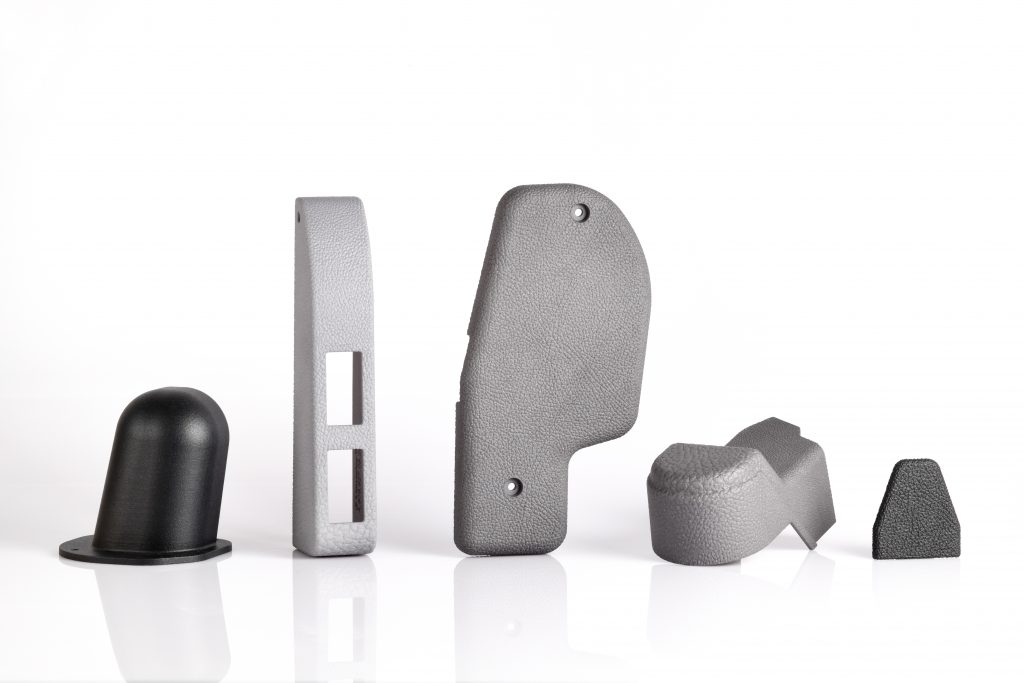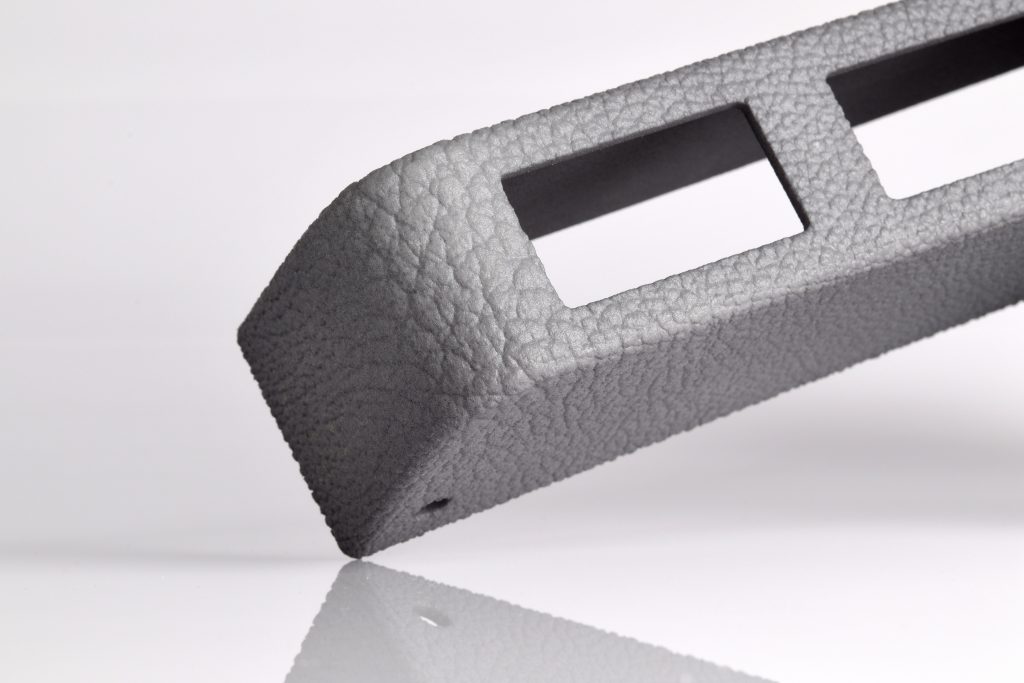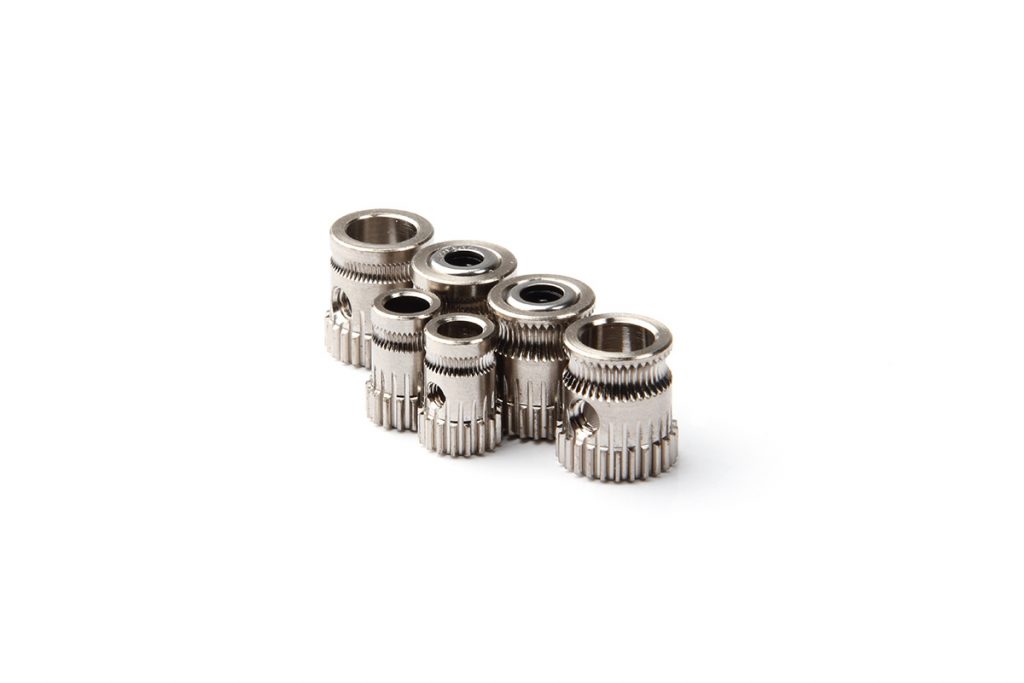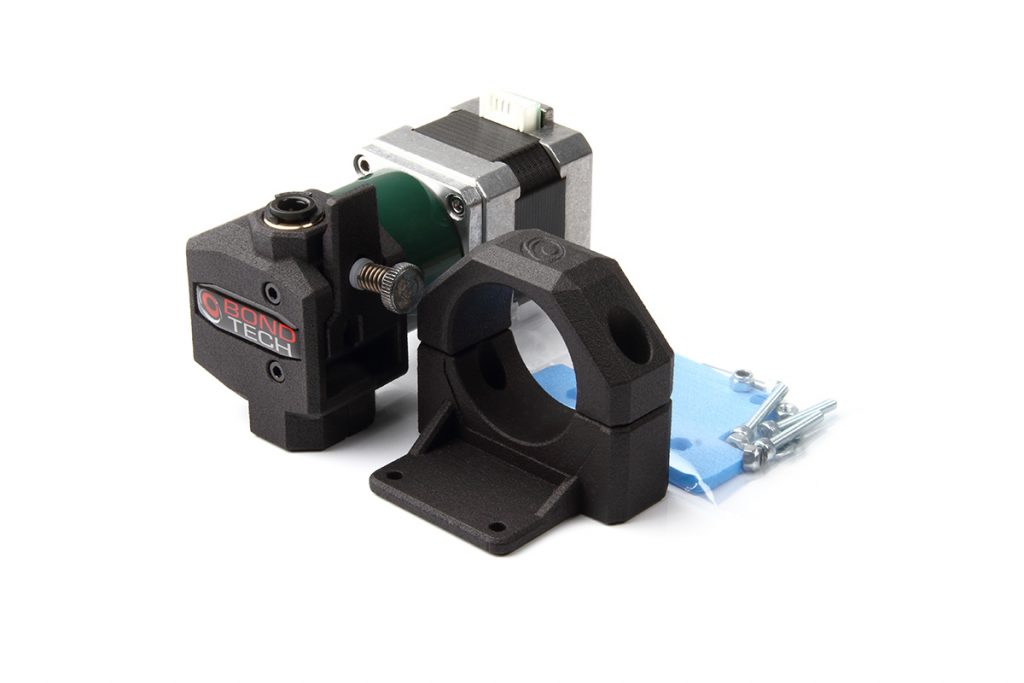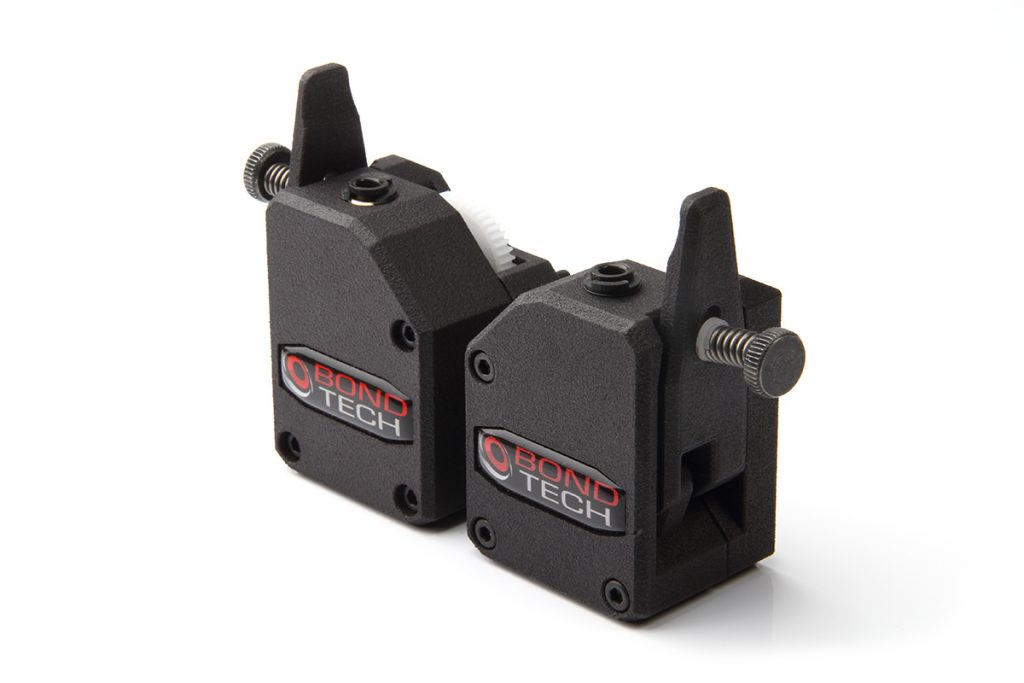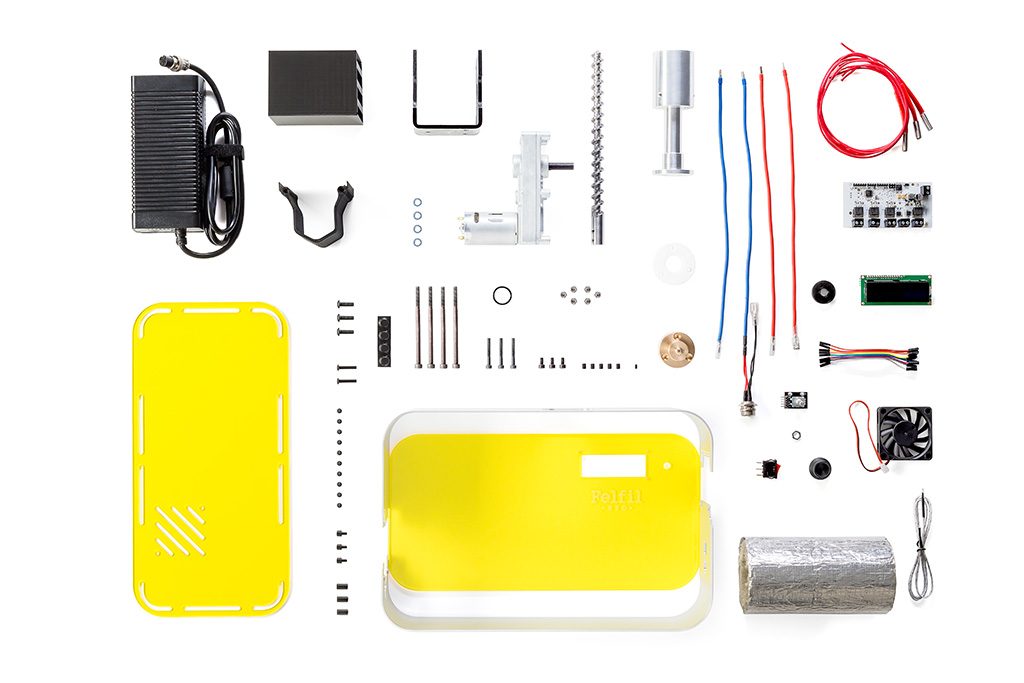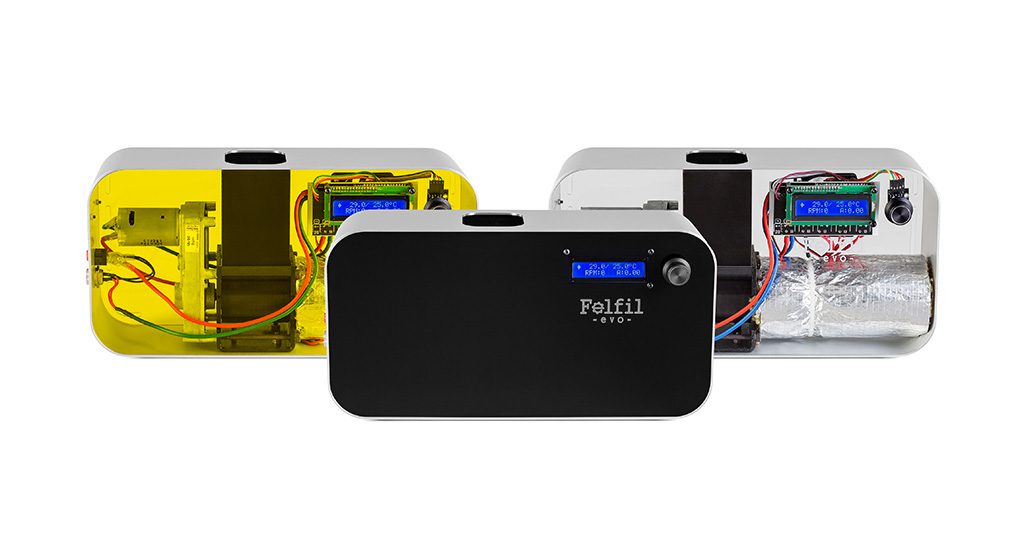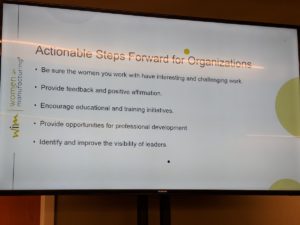Hot off of their announcement to partner with Bosh Rexroth we interviewed CEO Dr. Stephan Beyer of BigRep GmbH. The large format company seems to be excelling in partnerships and marketing. What is happening with the Berlin-based startup and where are they headed?
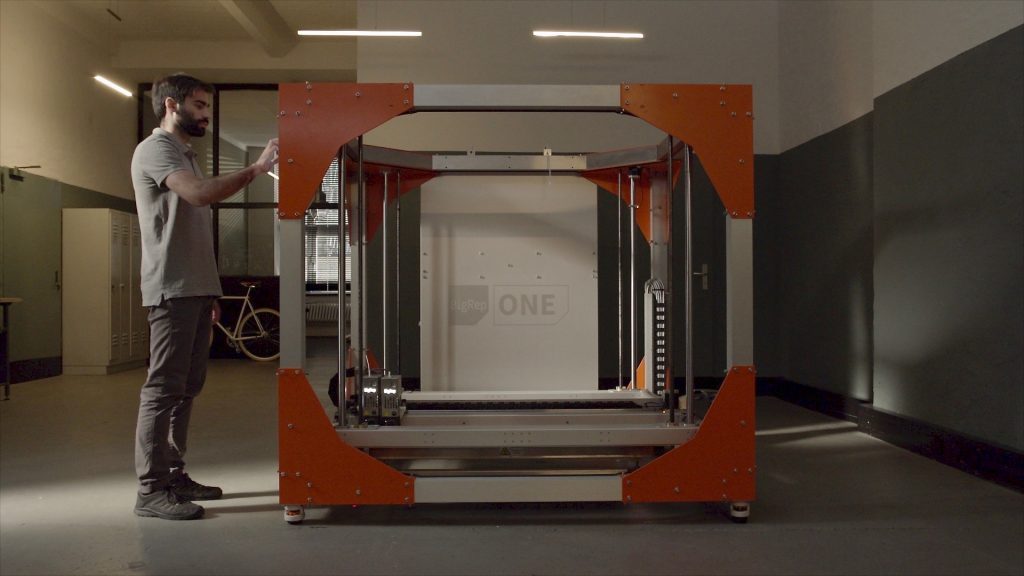
How is BigRep doing?
“We are seeing a very dynamic business right now, with BigRep and its partners leading the way in one of the 21 st century’s most exciting, disruptive technologies: 3D printing is already re-shaping Additive Manufacturing now in many industries. We are building the world’s largest serial production 3D printers, so we are experiencing a high level of interest and requests from industrial companies from around the world.”
What are your target verticals and types of companies?
“We are serving many different company types and industries, among them, of course, aviation, automotive, rail, design and architecture. We have a great many small- to mid-sized companies among our clients, but also major corporations. This reflects our highly flexible, customer-oriented approach. You need to listen to the industry. So we first identify and analyze the required application, which, in turn, drives the selection of performance materials, leading to the third and final step, the system as such, industrial AM equipment based on a 3D large-format printer.”
Why should I buy a BigRep?
“The top five reasons are these:
-
Size – with a capacity of over one cubic meter, the BigRep ONE provides the largest FFFbuilt volume currently available in the market.
-
“Made in Germany” – only our printers are based on the know-how of high-standard Germanengineering.
-
Technical quality – Our machines guarantee reliable, precise manufacturing with the highestlevel of iteration quality.
-
An open-choice approach for filaments.
-
Costs – BigRep printers are highly cost-efficient, both in acquisition costs and in long-term operations.”
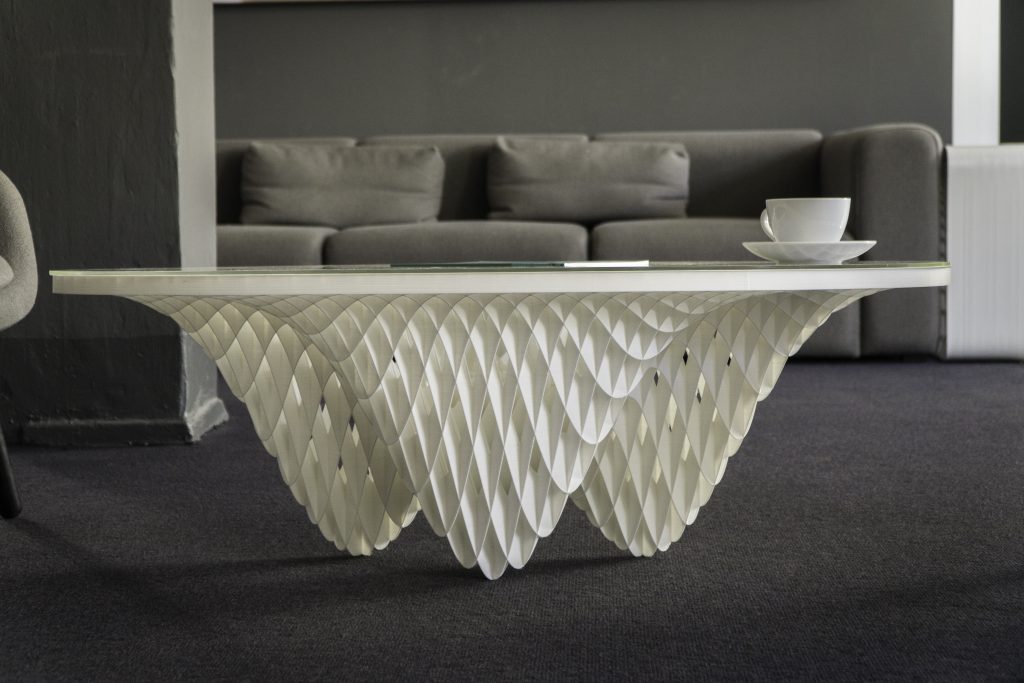
How big is BigRep?
“We are headquartered in Berlin with a team of 90 engineers, developers, designers and experts from 22 different nations. As we are serving clients around the world, we also have offices in Boston and Singapore. In addition, we rely on an excellent global network of partners and re-sellers. We also have a global network of leading industry partners, such as Etihad Airways and Deutsche Bahn, as well as key investors – including BASF, Koehler, Klöckner and Körber.”
Are you aiming to make many small things quickly or large items?
“Actually both. One of the advantages of large-scale printers, of course, is to create large industrial objects in one single piece. But speed is of essence, too. So a fast extruder is quite important. For the ONE, we offer an optional Power Extruder with 0.6, 1 and 2 mm nozzles that can print 60% quicker, thus making our printer one of the fastest large-format 3D printers in the market.”
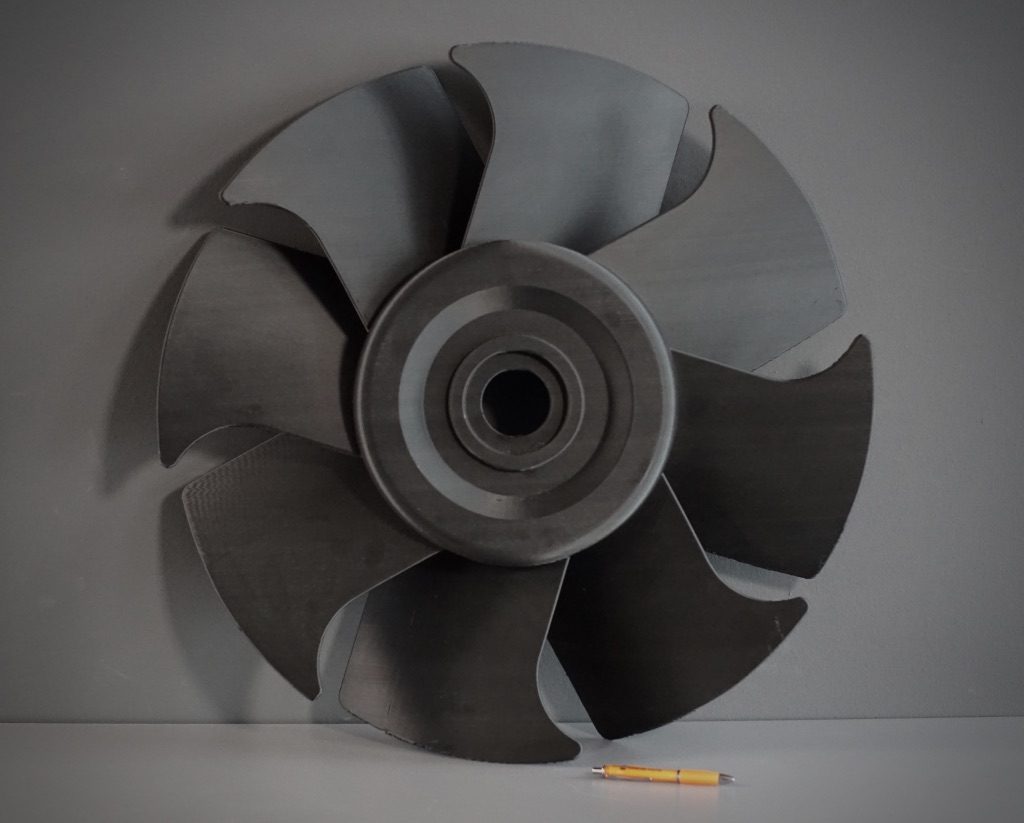
Will your machines grow bigger still?
“Well, they might depend on customer requirements. But more important is to make them faster and even more efficient – and more connected.”
You received EU funding, what did you use it for?
“The EU funding aims at supporting the growth of BigRep.”
What are the challenges when developing a 3D printer?
“Today, as any 3D printers, the large-format machines also will have to become faster and more efficient. They also need to offer interconnectivity and data in order to become a key element in smart factories and IoT applications. These are the challenges any manufacturer faces right now.
Where do you hope to see BigRep in five years? What is BigRep’s ambition?
For us, it has always been about moving this technology and this industry forward. Studies show that the 3D printer market will grow by 20 per cent annually until 2020. A study by McKinsey forecasts a market volume of 100-250 billion Euros by then – and one of the driving forces behind this will be large-format 3D printing.Given this background, we are aiming at taking a leading role in the 3D printing market for industrial manufacturing. Equally, we are aiming at further expanding the business while, at the same time, becoming the innovation and thought leader in the 3D printing industry.”
Do you see yourself as being a part of an ecosystem or developing a platform or just shipping a machine?
“We follow a comprehensive, sustained approach, so we develop complete solutions for integrated additive manufacturing systems, as well as a wide range of printing materials on an open-choice basis.”
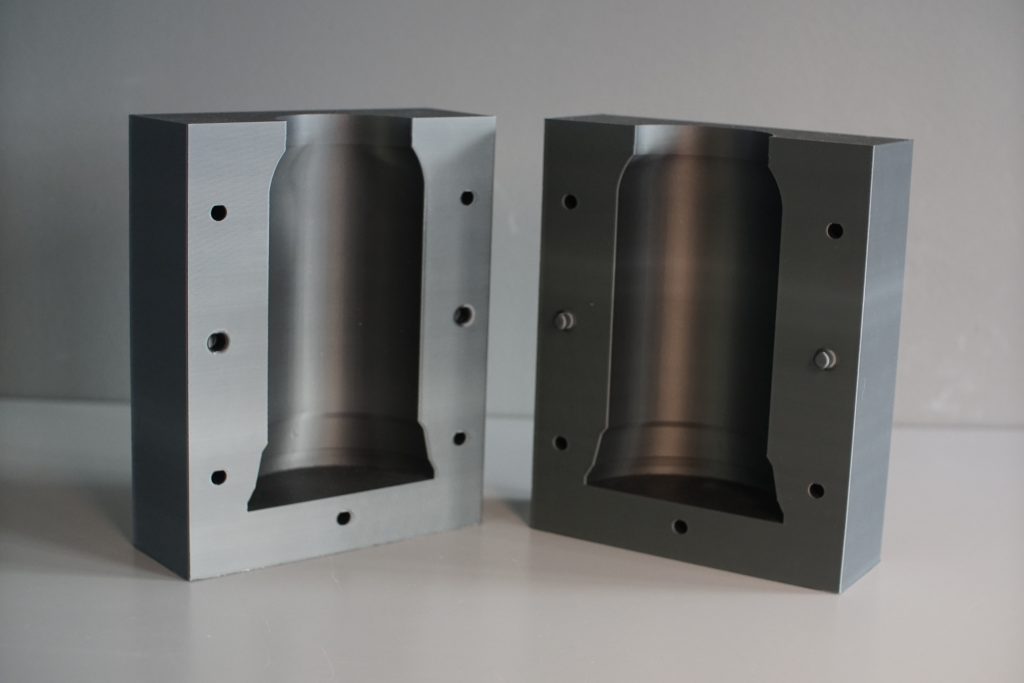
What kind of industries do you think will use 3D printing for manufacturing in the near future?
“The same as today – automotive, aviation and transportation such as rail. In addition, medical technology, consumer goods, research and science are other promising areas of applications.”
Is sand casting important to you?
“It is a fascinating application. 3D models created by engineers with the use of a CAD software only need to be transferred to a BigRep 3D printer to be produced. It shortens the production cycle, reduces the use of resources and makes the complete process more cost and time-efficient. One example for this is the UK-based company Teignbridge Propellers International, which produces propellers for tugs, luxury yachts, fishing trawlers and ferries. Here, the BigRep ONE 3D printer is used to 3D print a full-size replica of the designed propeller to be the positive pattern for the cast mold, making the process faster by 33 per cent.”

